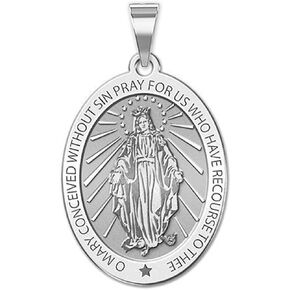- Shopping, made easy.
- /
- Get the app!
Saint Theodore of Amasea is one of the Greek military saints of the 4th century, the earlier patron saint of Venice , now outshone there by Saint Mark, but still represented atop one of the two Byzantine columns standing in the Piazzetta of the Piazza San Marco, treading upon the sacred crocodile of Egypt. In the earliest documentation of Theodore, St. Gregory of Nyssa (died 394) delivered a panegyric on his feast day and gave several data concerning his life and martyrdom. The oldest text of the Martyrium S. Theodori Tironis was published by Hippolyte Delehaye in Les legendes grecques des saints militaires, but by the Bollandists is considered largely interpolated. According to his hagiography Theodore was a soldier in the legions. He is often named Theodore Tyro ("of Tyre"), according to some sources because for a time he belonged to the Cohors Tyronum; according to others because he was a tiro, or recent recruit. In Western Christianity he is usually called of Amasea from the ancient city in Pontus where he suffered martyrdom. Sometimes he is Theodore Euchaita from the place, Euchais, to which his body had been carried, and where he was held in such veneration that the city came to be frequently spoken of as Theodoropolis. In Eastern Christianity he is more often known as Theodore Teron. His martyrdom and feast are dated in the Menologies February 17, 306, under the Emperors Galerius, Maximian and Maximinus. The Eastern Orthodox and Armenians honor him on the first Saturday of Great Lent and on February 17, while the Roman Martyrology records him on November 9.

 Picturesongold.com Miraculous Medal Necklace Catholic Virgin Mary Pendant Oval Pendants for Women & Men Crafted in 10K/14K Yellow or White Gold & Sterling Silver Christian Gifts for Men & Women or First Communion Gifts for Boys or Girls
KWD 16.500
Picturesongold.com Miraculous Medal Necklace Catholic Virgin Mary Pendant Oval Pendants for Women & Men Crafted in 10K/14K Yellow or White Gold & Sterling Silver Christian Gifts for Men & Women or First Communion Gifts for Boys or Girls
KWD 16.500
 PicturesOnGold.com Miraculous Medal Oval Pendant - 1/2 Inch X 2/3 Inch - Sterling Silver
KWD 16.500
PicturesOnGold.com Miraculous Medal Oval Pendant - 1/2 Inch X 2/3 Inch - Sterling Silver
KWD 16.500
 PicturesOnGold.com Saint Luigi Scrosoppi Religious Medal In Sterling Silver and 10K, or 14K Gold - 2/3 Inch, 3/4 Inch, 1 Inch
KWD 16.500
PicturesOnGold.com Saint Luigi Scrosoppi Religious Medal In Sterling Silver and 10K, or 14K Gold - 2/3 Inch, 3/4 Inch, 1 Inch
KWD 16.500
 PicturesOnGold.com Saint Christopher Religious Medal - Solid Sterling Silver
KWD 12.500
PicturesOnGold.com Saint Christopher Religious Medal - Solid Sterling Silver
KWD 12.500